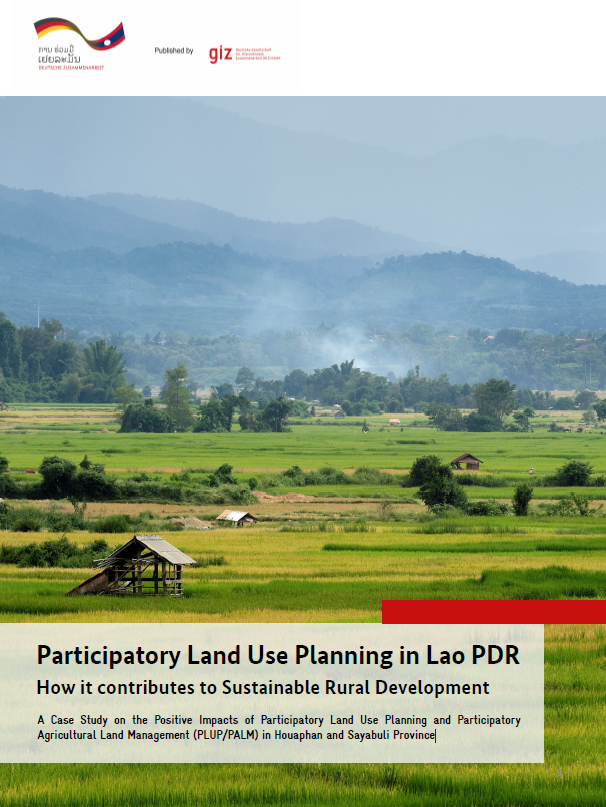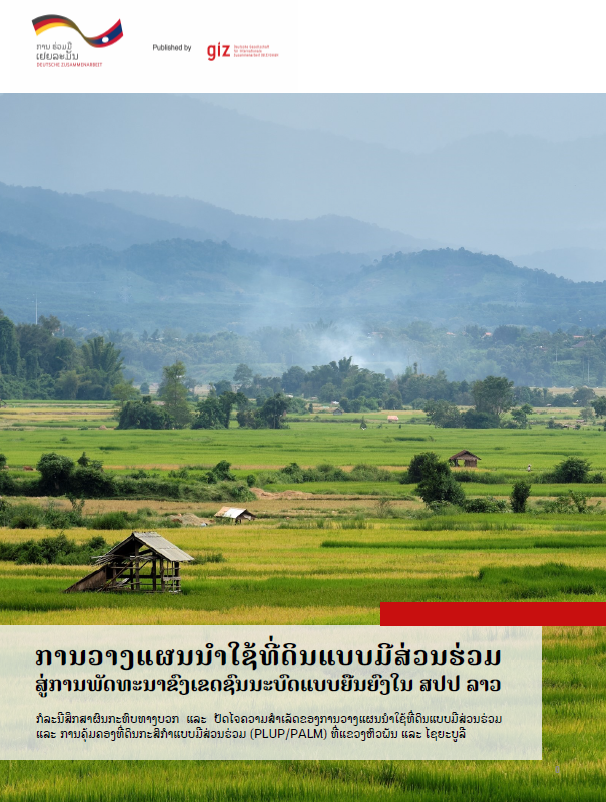Land Use Changes Induced County-Scale Carbon Consequences in Southeast China 1979–2020, Evidence from Fuyang, Zhejiang Province
Land use change (LUC) is the most dynamic force in terrestrial carbon stock change, and it is imperative to account for the dynamics of LUC in carbon stock change when forming land use policies. This paper explored the impacts of LUCs on carbon (C) stocks at a county scale and detected changes of soil C stocks within a county-scale land use planning policy. The LUCs within 1979–2006 in Fuyang County (eastern China) and Fuyang Land Use Master Planning (FLUMP) (2006–2020) were selected for this pilot study.












